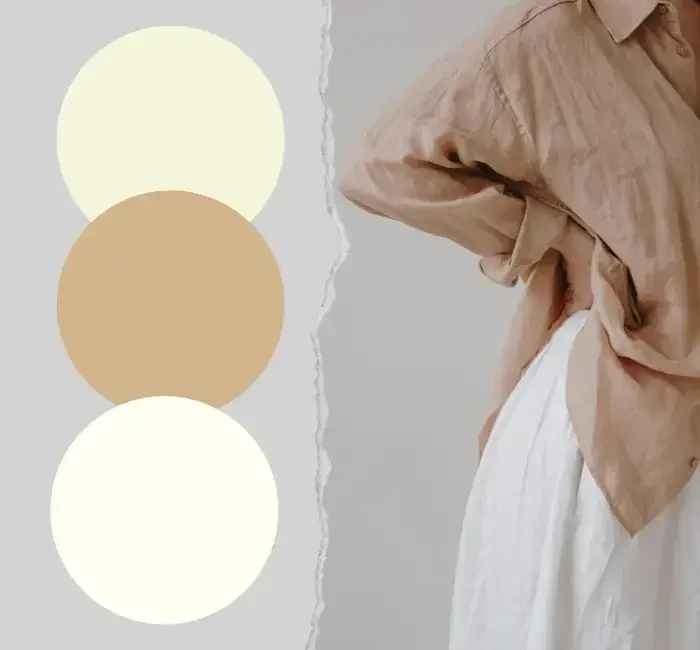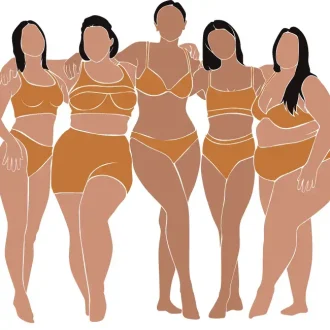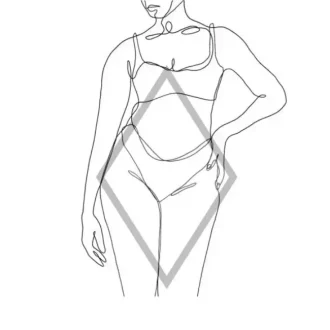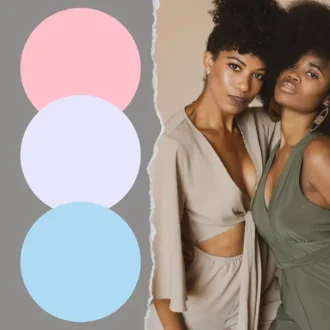Understanding your skins undertone is crucial, for bringing out your beauty and choosing the colors for makeup, attire and even hair dye.
While many people are familiar with warm undertone and cool undertone, neutral skin tone offers a unique balance that can be a bit trickier to identify. Neutral undertones blend both warm undertone and cool undertone hues, allowing for a versatile approach to style.
Whether your complexion is light, medium, or dark, finding the right foundation shade and knowing how to blend different shades can make a significant difference in how your skin appears.
This article will guide you on how to identify if you have neutral undertone and how to make the best choices to enhance your natural beauty. skin undertone
What Is Neutral Skin Undertone?
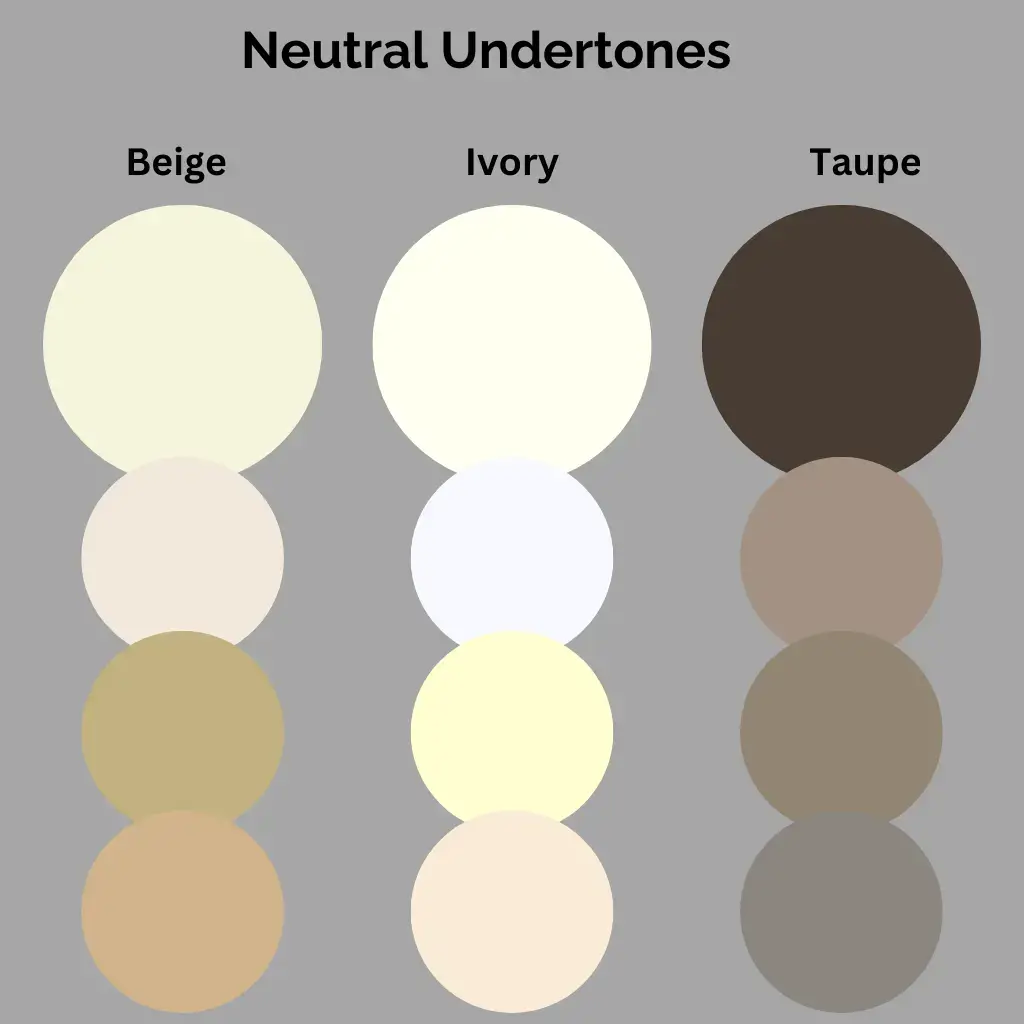
Neutral undertones are characterized by a balanced mix of warm and cool hues, creating a versatile skin tone that doesn’t lean too heavily towards pink, yellow, or olive. Unlike warm undertones that display golden or peachy hues and cool undertones that have bluish or pinkish tones, neutral tones sit comfortably in between. This balance makes neutral skin tones incredibly versatile, allowing them to suit a wide range of colors, whether in clothing, makeup, or accessories. Neutral tones often appear beige, ivory, or light brown, blending both warm and cool elements for a subtle, adaptable complexion.
How to Determine If You Have a Neutral Skin Tone
Identifying your skin’s undertone is a crucial step in selecting the perfect makeup, clothing, and accessories. For those with even skin tones, the process might seem a bit tricky, as your undertone doesn’t lean too heavily towards warm or cool. However, with the right tests, you can confidently determine if you have blended undertones. Here’s how:
Vein Test
One of the simplest ways to determine your skin’s undertone is by examining the color of your veins under natural light.
Explanation: Look at the veins on the underside of your wrist. If your veins appear to be a mix of blue and green, this indicates a balance between warm and cool tones, which is characteristic of a neutral skin tone. Unlike those with distinctly blue veins (cool undertones) or greenish veins (warm undertones), neutral tones show a combination of both.
Why It Works: The vein test works because it reflects how light interacts with the different hues in your skin. A balanced appearance of both blue and green tones suggests that neither warm nor cool undertones dominate, which is a hallmark of neutral skin.
Jewelry Test
Jewelry can also be a good indicator of your skin’s undertone.
Explanation: Hold both gold and silver jewelry against your skin. If you find that both metals complement your complexion without one looking distinctly better than the other, you likely have a neutral skin tone. While those with warm undertones tend to look better in gold and those with cool undertones in silver, neutral skin tones can typically wear both metals equally well.
Why It Works: Neutral tones harmonize with the varying hues found in both gold and silver, which is why neither metal overpowers the skin shade. This test is a practical and easy way to confirm your skin’s undertone when choosing accessories.
Reaction to Sun
Your skin’s reaction to sun exposure can reveal a lot about your undertone.
Explanation: Consider how your skin behaves in the sun. If you tan easily without burning, this suggests an even undertone. This balanced reaction, where the skin darkens without turning red, indicates a mix of the melanin response seen in both warm and cool skin tones.
Why It Works: The way your skin reacts to UV light is influenced by your undertone. Neutral skin, which is balanced, tends to tan without the extreme reactions seen in other undertones (like burning for cool undertones or deep tanning for warm undertones).
Paper Test
Another simple method to determine your undertone involves a plain white piece of paper.
Explanation: When you hold up a piece of paper next, to your face, in light check if your skin looks neither pink (cool undertones) nor yellow (warm undertones). If it seems balanced and shows a beige or creamy tone you probably have undertones.
Why It Works: This test works because the white paper provides a neutral backdrop, allowing the undertone to reveal itself clearly. For neutral skin, the result is a balanced hue that doesn’t shift towards either pink or yellow.
Natural Hair and Eye Color
Your natural hair and eye color can also give you clues about your undertone.
Explanation: Neutral skin tones often pair well with a wide variety of hair colors and eye colors. If you have a mix of hair and eye colors like hazel eyes, or a mix of blonde and brown in your hair, you might have neutral tones. This versatility is a key indicator that your undertone doesn’t lean too heavily in one direction.
Why It Works: Hair and eye color are influenced by the same pigments that determine your skin tone. Neutral tones generally allow for a greater range of hair and eye color combinations because of their balanced nature.
Makeup Tips for Neutral Undertones
If your skin undertone falls into the neutral category, you have the flexibility to work with a broad spectrum of makeup colors. The key to achieving a radiant glow is to select shades that complement your natural skin tone without overwhelming it. Here’s how to fine-tune your makeup routine for your blended undertone skin.
Foundation and Concealer
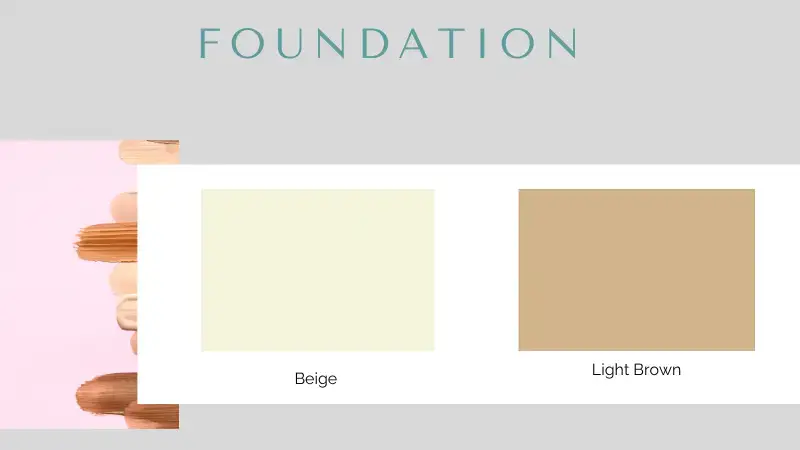
Choosing the right foundation and concealer is crucial for neutral skin tones. Since neutral tones are a balanced mix of warm and cool tones, your foundation should enhance your natural skin color without leaning too yellow or too pink.
Recommendation: Opt for foundation shades that specifically target neutral tones. If you’re finding it hard to match your exact skin tone, consider blending two foundation shades. One with a slight golden hue and one with a cooler undertone to achieve the perfect balance.
Blush and Bronzer
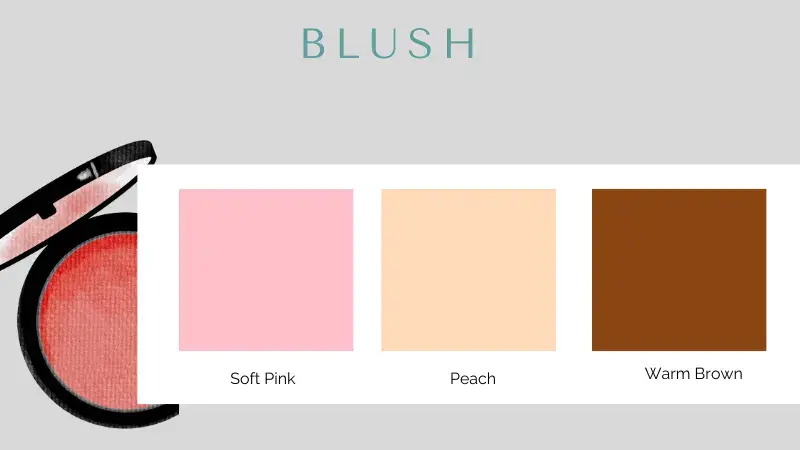
For blush and bronzer, aim for muted shades that enhance your complexion and bring out your true beauty without clashing with your skin’s undertone.
Recommendation: Neutral tones pair well with blushes in soft pinks, peaches, or browns. These shades offer a natural-looking flush that works harmoniously with your skin tone. Choose a bronzer that adds warmth without being too orange or cool. Think golden browns that provide a subtle, sun-kissed look.
Lipstick
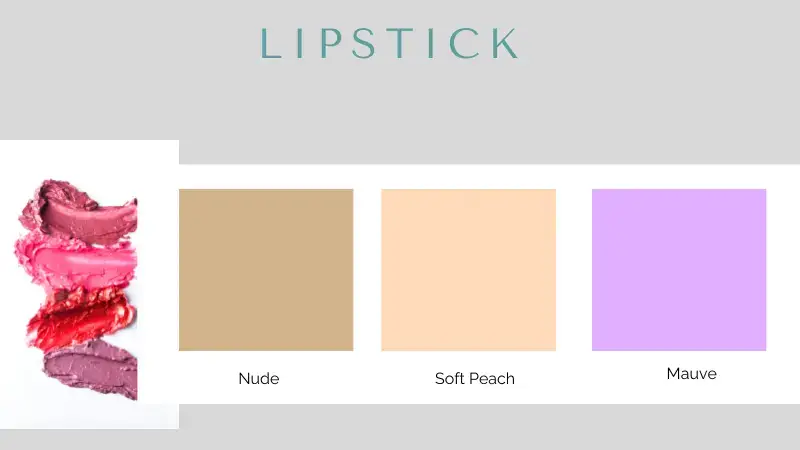
When it comes to lipstick, an even skin tones can shine in shades that aren’t too bold but still add a touch of color to the lips.
Recommendation: Nude shades, soft peach, or mauve lipsticks are ideal for neutral tones. These colors harmonize well with your skin, enhancing your natural complexion without overpowering it. Steer clear of overly vibrant or starkly contrasting shades that might clash with your skin pigment.
Eyeshadow
Eyeshadow can enhance your overall look by adding depth to your eyes, but it’s important to choose shades that complement your balanced undertones.
Recommendation: Stick to neutral colors like taupe, beige, soft browns, and soft pinks for eyeshadow. These shades will enhance your eye color and skin tone without overwhelming your true beauty. For more depth, you can also incorporate cool tones like soft grays or warm tones like light browns to your eyeshadow palette.
Clothing Colors for Neutral Undertones

When you have an even undertone skin, you have the flexibility to wear a wide range of colors that complement your true beauty. The key is to select shades that enhance your complexion without overpowering it.
Best Colors for Neutral Skin Tones
Neutral skin tones benefit from a versatile color palette that can swing between warm and cool tones. Some of the best colors for neutral undertones include:
Off White: This shade provides a clean, fresh look without washing out your complexion, making it a perfect choice for neutral skin tones.
Beige and Taupe: These earthy neutrals enhance your natural undertones, offering a sophisticated and subtle elegance that suits various occasions.
Browns: From light tan to deeper chocolate, browns bring warmth and depth to your overall look while complementing your neutral skin tone.
Muted Pinks: Soft, muted pinks add a gentle pop of color that works harmoniously with your balanced undertones, giving your complexion a radiant glow.
Olive Greens: This color is ideal for adding a touch of richness to your wardrobe, as it balances both warm and cool undertones, enhancing your natural skin.
These colors allow your neutral skin tone to shine without being overwhelmed, making them staples in your wardrobe. The flexibility of neutral skin tones also means you can experiment with both cool and warm tones, offering endless possibilities for your color palette.
Jewelry and Accessories
When it comes to accessories, neutral skin offers even more versatility. Whether you prefer gold jewelry or silver jewelry, both metals will complement your skin’s natural hue.
Gold Jewelry: Adds warmth to your complexion and pairs well with warmer shades in your wardrobe.
Silver Jewelry: Highlights the cooler aspects of your neutral tones, offering a sleek and polished look.
If you’re someone who enjoys trying styles, individuals, with skin tones can explore mixing metals by blending gold and silver. This creates a contemporary appearance that complements the undertone of your skin beautifully.
Conclusion
Understanding and enhancing neutral skin is all about embracing versatility. With the ability to wear both warm and cool tones, your neutral skin tone offers a broad canvas for experimenting with different makeup and clothing colors. Remember to focus on shades that neither overpower nor underwhelm your natural beauty.
If you find that you don’t have neutral undertone skin, understanding whether your undertone leans more warm or cool is the next step in identifying the right colors and products to enhance your natural beauty.
